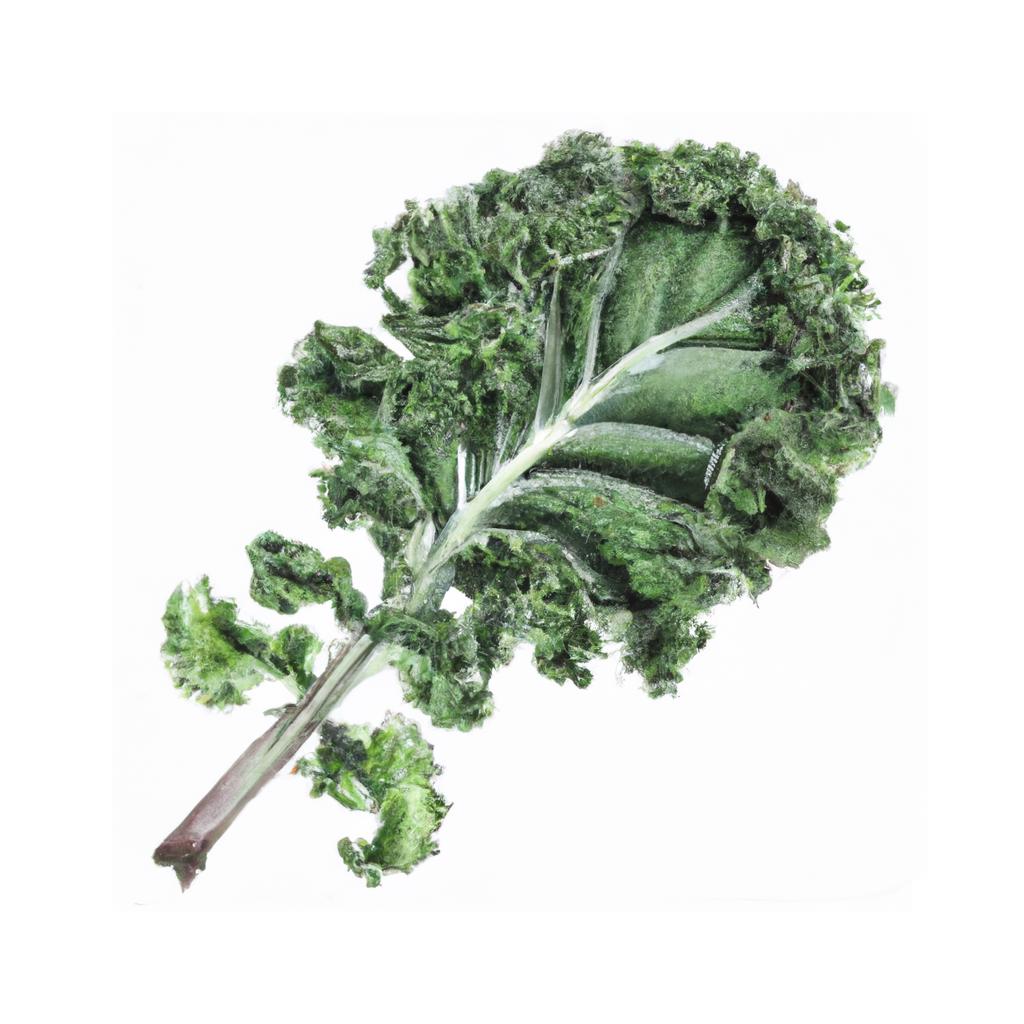
Kale is a versatile, nutrient-dense leafy green vegetable belonging to the Brassica oleracea family, which also includes cabbage, collards, and Brussels sprouts. It has gained widespread popularity in recent years for its robust flavor and exceptional nutrient content, including vitamins A, C, K, and manganese. Kale comes in several varieties, such as curly, dinosaur (Lacinato), and ornamental, each having their unique texture and taste.
The cultivation of kale dates back over 2,000 years to the Mediterranean and Asia Minor regions. Romans and Greeks cultivated it extensively, and it eventually spread across Europe and the British Isles during the Middle Ages. Due to its hardy nature, kale thrives in cooler climates, making it a popular winter vegetable in many countries.
Kale is a versatile ingredient, often used in salads, soups, smoothies, and chips. It pairs well with ingredients such as garlic, lemon, and bitter or salty flavors like feta cheese, olives, or anchovies. When cooking kale, removing the thick stems and massaging the leaves with a bit of oil or sea salt can help tenderize the greens and improve its overall taste.
Kale contains compounds called glucosinolates, which convert into isothiocyanates when consumed. Isothiocyanates are noteworthy for their potential cancer-fighting properties. Additionally, kale is high in antioxidants that help combat oxidative stress, making it a wonderful addition to a healthy diet.
This is advice is most applicable to growers in the UK, you may need to adjust the timings if you live somewhere with a different climate and/or seasons.
| Month | Tasks | Advice |
|---|---|---|
| January | - | - |
| February | Start seeds indoors, | Sow kale seeds indoors in seed trays or pots. Keep the soil consistently moist and warm, around 18-21°C (65-70°F). |
| March | Continue sowing seeds indoors, Transplant seedlings outdoors, | Continue sowing kale seeds indoors if needed. When seedlings have 2-4 leaves and the weather has warmed, transplant them outdoors, spacing them 45-60 cm (18-24 inches) apart. |
| April | Sow seeds outdoors, Water regularly, | Direct sow kale seeds outdoors in well-prepared soil. Water regularly to keep the soil evenly moist but not waterlogged. |
| May | Thin seedlings, Water regularly, | Thin seedlings to 45-60 cm (18-24 inches) apart, ensuring enough space for growth. Continue to water regularly. |
| June | Feed with a nitrogen-rich fertilizer, Water regularly, | Apply a nitrogen-rich fertilizer to promote leafy growth. Continue to water regularly, especially during dry spells. |
| July | - | - |
| August | - | - |
| September | Begin harvesting, | Start harvesting kale leaves once they are large enough, usually around 15 cm (6 inches) long. Pick from the lower part of the plant first, allowing the top leaves to continue growing. |
| October | Continue harvesting, | Continue harvesting kale leaves as needed, picking from the lower part of the plant first. |
| November | Continue harvesting, | Continue harvesting kale leaves as needed. Kale can tolerate mild frosts and may even become sweeter after exposure to frost. |
| December | - | - |